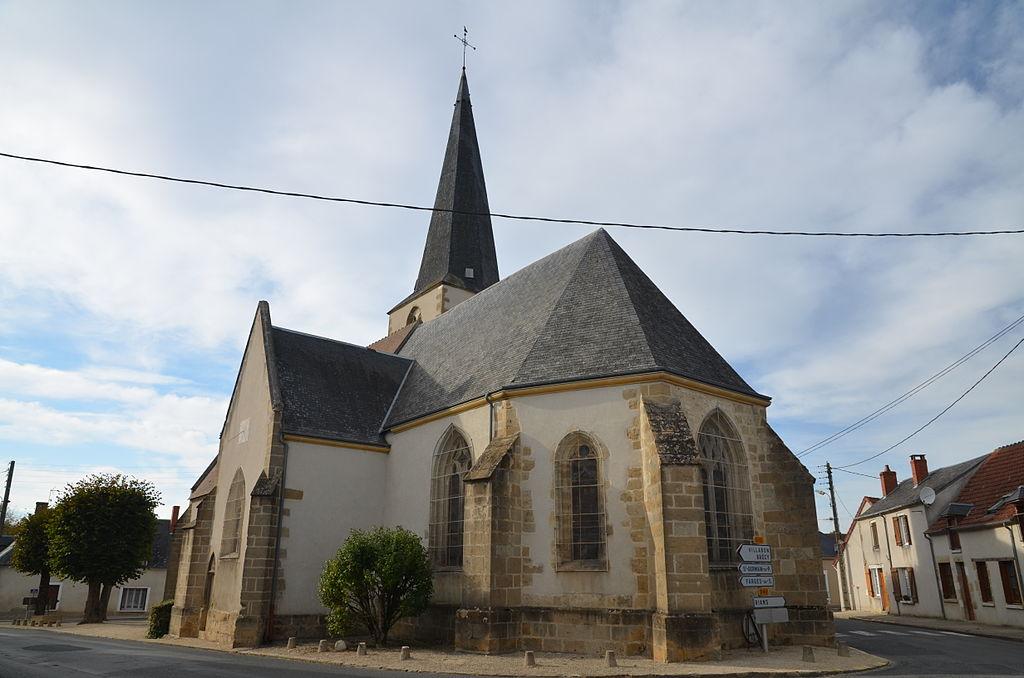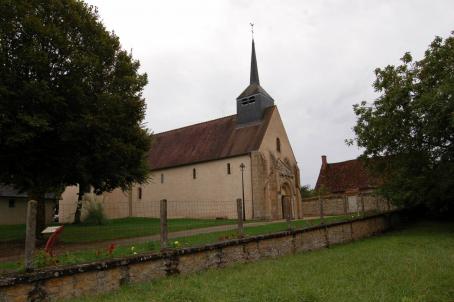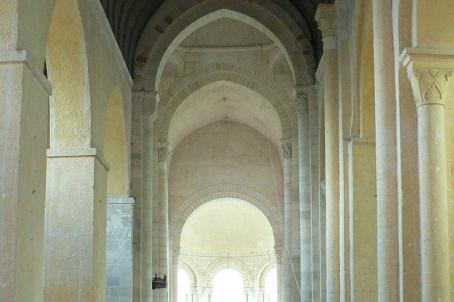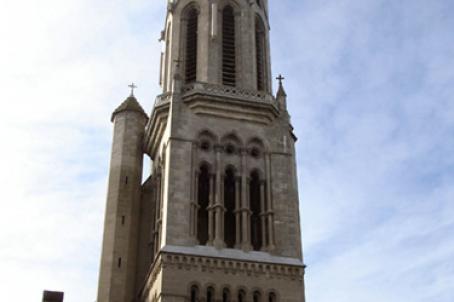Church of Saint-Martin, Baugy

From the first Romanesque church, built in the eleventh or twelfth century, there remains only the rectangular nave. The choir of the church was probably destroyed during the 100 years’ war. The church was renovated during the 15th century with a Gothic choir, and a chapel and transept added. The western portal from the nineteenth century is adorned with a bas-relief depicting St Martin, and the church features many notable classified objects (tombs, grave markers and two altarpieces).
About this building
The church of St Martin de Baugy is first mentioned in documents from the ninth century. From the first Romanesque church, built in the eleventh or twelfth century, there remains only the rectangular nave and the trace, on the southern wall, of a door that was probably the entrance to the church. The choir of the church was probably destroyed during the 100 Year War.
In 1445, Jean De Bar, Chamberlain of Charles VII then Louis XI, Bailly de Touraine bought the land of Baugy. For about a century and a half, the De Bar family has deeply influenced the history of the city.
In the 15th century, a Gothic choir with a polygonal chevet was built in place of the old and a transept was added. In the southern arm of the latter the chapel of Bar lords was built. It had a fireplace and a door that opened directly to the outside. Today it is the chapel of the Virgin.
The western portal is framed by two statues personifying Faith and Hope. Above, a bas-relief represents St Martin and symbolizes Charity. It was carved in the 19th century by J.B. Villatte, probably replacing that of the 15th hammered during the wars of religion. The bell tower was added in the sixteenth century/
Inside the church, you can admire various objects classified as the burial stele of a blacksmith (antiquity) and two altarpieces: "the vision of Christ by St. Jerome in the desert" (sixteenth century) and the Crucifixion with the Virgin, Saint John and Saint Madeleine (15th century). Recent restoration work has restored the belfry and tympanum of the church.





